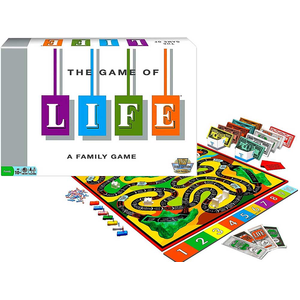

Today’s 52-card deck preserves the four original French suits of centuries ago: clubs (♣), diamonds (♦), hearts (♥), and spades (♠). But the gamblers were responsible for some of the most notable features of modern decks. Forging an ace was a crime punishable by death.Įverybody played cards: kings and dukes, clerics, friars and noblewomen, prostitutes, sailors, prisoners. Similar bans were enacted throughout Europe as preachers sought to regulate card playing, convinced that “the Devil’s picture book” led only to a life of depravity. In his book The Game of Tarot, the historian Michael Dummett explains that a 1377 ordinance forbade card games on workdays in Paris. Card playing became so widespread and disruptive that authorities banned it. In medieval Europe, card games occasioned drinking, gambling, and a host of other vices that drew cheats and charlatans to the table.

Either way, commercial opportunities likely enabled card playing’s transmission between the Far East and Europe, as printing technology sped their production across borders. Yet another hypothesis argues that nomads brought fortune-telling cards with them from India, assigning an even longer antiquity to card playing. A handful of European literary references in the late 14th century point to the sudden arrival of a “Saracen’s game,” suggesting that cards came not from China but from Arabia. Scrolls from China’s Tang Dynasty mention a game of paper tiles (though these more closely resembled modern dominoes than cards), and experts consider this the first written documentation of card playing. “But they generally agree that cards spread from East to West.” “Scholars and historians are divided on the exact origins of playing cards,” explains Gejus Van Diggele, the chairman of the International Playing-Card Society, or IPCS, in London. We also highly recommend combining two decks of cards to make counting cards more challenging.The birthplace of ordinary playing cards is shrouded in obscurity and conjecture, but-like gunpowder or tea or porcelain-they almost certainly have Eastern origins. Don’t believe us? Try it out for yourself, we warned you. Sounds like a simple game to win money? Wrong! More often than not, this game goes against all odds. The game can either end or every player can chip in again to begin a new round. The game carries on until the pot is completely depleted.

Once the player has taken from or added to the pot, the person on the left has a turn. If the third card happens to be the same as either of the first two dealt, then double of the said bet is added into the pot instead. If not, said amount will be added to the pot – making it grow bigger for the next player.īe cautious before shouting “whole pot!” if you get dealt a lucky pair, like an ace and a king. If the value of the third card is in-between the first two cards, then the player may retrieve the amount s/he betted from the pot. The player is allowed to bet as much as the total amount of money in the pot.

An ace card has the smallest value (1) and a king has the largest (13). The player now has to decide if the next card will have a value that's in-between the two cards. Deal two cards facing up to the player on the dealer's left. The pot becomes the maximum sum a person can bet each turn. Every player chips in the same sum of money to the pot.


 0 kommentar(er)
0 kommentar(er)
